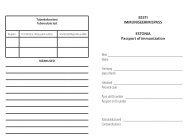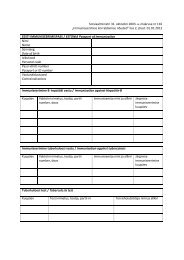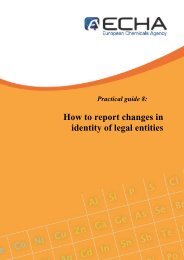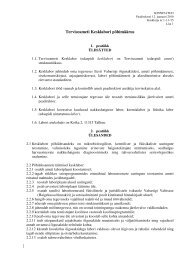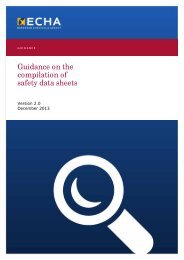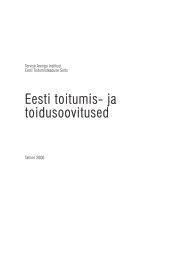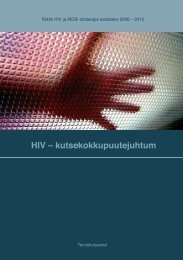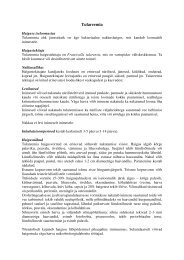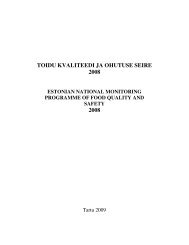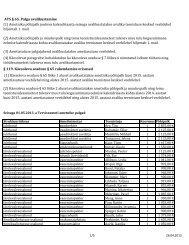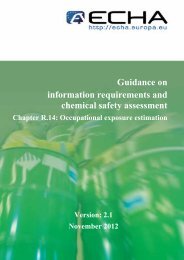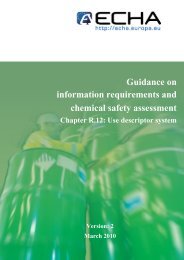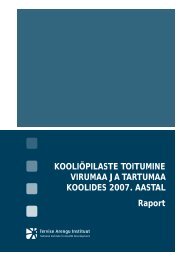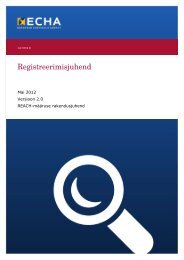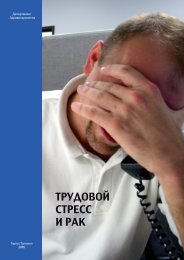Guidance on registration - ECHA - Europa
Guidance on registration - ECHA - Europa
Guidance on registration - ECHA - Europa
You also want an ePaper? Increase the reach of your titles
YUMPU automatically turns print PDFs into web optimized ePapers that Google loves.
<str<strong>on</strong>g>Guidance</str<strong>on</strong>g> <strong>on</strong> registrati<strong>on</strong><br />
Versi<strong>on</strong> 2.0 May 2012 59<br />
explanati<strong>on</strong> of the process to be followed and the tasks to be performed as well as the<br />
reference documents to be c<strong>on</strong>sulted.<br />
3.3 Joint submissi<strong>on</strong> of data<br />
Although each registrant is obliged to submit his own registrati<strong>on</strong> dossier for each of his<br />
substances, in cases where a substance is manufactured or imported or intended to be<br />
manufactured or imported by more than <strong>on</strong>e company, they are required to submit certain<br />
informati<strong>on</strong> together. The joint submissi<strong>on</strong> of data applies both for the registrati<strong>on</strong> of phase-in<br />
substances and that of n<strong>on</strong> phase-in substances.<br />
Registrants are required to jointly submit informati<strong>on</strong> <strong>on</strong> the intrinsic properties of<br />
the substance (studies and testing proposals, if any) and its classificati<strong>on</strong> and<br />
labelling and can, if they agree to do so, also jointly submit the guidance <strong>on</strong> safe use<br />
and the chemical safety report (CSR) (Article 11). The intenti<strong>on</strong> is that registrants will<br />
save m<strong>on</strong>ey by co-operating <strong>on</strong> the preparati<strong>on</strong> of the dossier and also to reduce the need for<br />
testing, in particular <strong>on</strong> vertebrate animals. In additi<strong>on</strong>, registrants submitting a joint<br />
submissi<strong>on</strong> benefit from a reduced registrati<strong>on</strong> fee. For additi<strong>on</strong>al informati<strong>on</strong> <strong>on</strong> how to gather<br />
and share existing informati<strong>on</strong> see also secti<strong>on</strong> 4.<br />
It is important to stress that in case an <strong>on</strong>ly representative has been appointed by a n<strong>on</strong>-EU<br />
manufacturer to carry out the registrati<strong>on</strong> of the substance, he shall be part of a joint<br />
submissi<strong>on</strong> with the other manufacturers, importers and <strong>on</strong>ly representatives for the same<br />
substance.<br />
The requirement to make a joint submissi<strong>on</strong> also applies if a given substance is a phase-in<br />
substance to some of the registrants and a n<strong>on</strong> phase-in substance to others. It also applies<br />
regardless of whether the substance has been pre-registered by all, some or n<strong>on</strong>e of the<br />
registrants.<br />
Note that the joint submissi<strong>on</strong> of data does not eliminate the obligati<strong>on</strong> for each registrant<br />
(manufacturer, importer or <strong>on</strong>ly representative) to also submit an individual dossier.<br />
3.3.1 Mechanisms of joint submissi<strong>on</strong><br />
The informati<strong>on</strong> that needs to be submitted jointly is submitted by <strong>on</strong>e lead registrant <strong>on</strong><br />
behalf of the other registrants (the so-called ‘member registrants’). Other informati<strong>on</strong> needs to<br />
be submitted by all registrants individually. The lead registrant of a joint submissi<strong>on</strong> could, for<br />
example, be the largest producer as he in any case will have to register the entire data set by the<br />
earlier deadline. However, this is not obligatory: the joint submissi<strong>on</strong> registrants have the possibility<br />
to appoint a lead registrant with a lower t<strong>on</strong>nage (for instance, if they have to prepare joint<br />
submissi<strong>on</strong>s for more substances and decide to share the workload of managing the joint<br />
submissi<strong>on</strong>s). If they arrange their joint submissi<strong>on</strong> in this way, a lead registrant in a lower t<strong>on</strong>nage<br />
band has to provide a complete dossier (i.e. with studies for the highest t<strong>on</strong>nage band to be<br />
registered for that substance) meeting the earliest deadline applying to any of the registrants. It is<br />
important to stress that the lead registrant will always pay the fee corresp<strong>on</strong>ding <strong>on</strong>ly to his own<br />
t<strong>on</strong>nage band, as well as any other member of the joint submissi<strong>on</strong>.<br />
In practice this implies that there will be two different types of registrati<strong>on</strong> dossiers: the ‘lead<br />
dossier’ (c<strong>on</strong>taining the informati<strong>on</strong> of the lead registrant and the data set required in REACH<br />
for the highest t<strong>on</strong>nage band to be registered for that substance) and the ‘member dossier’<br />
(with the individual informati<strong>on</strong> to be submitted by each member of the joint submissi<strong>on</strong>). The<br />
informati<strong>on</strong> requirements for each type of registrati<strong>on</strong> dossier are shown in Table 3 below.<br />
Annankatu 18, P.O. Box 400, FI-00121 Helsinki, Finland | Tel. +358 9 686180 | Fax +358 9 68618210 | echa.europa.eu



